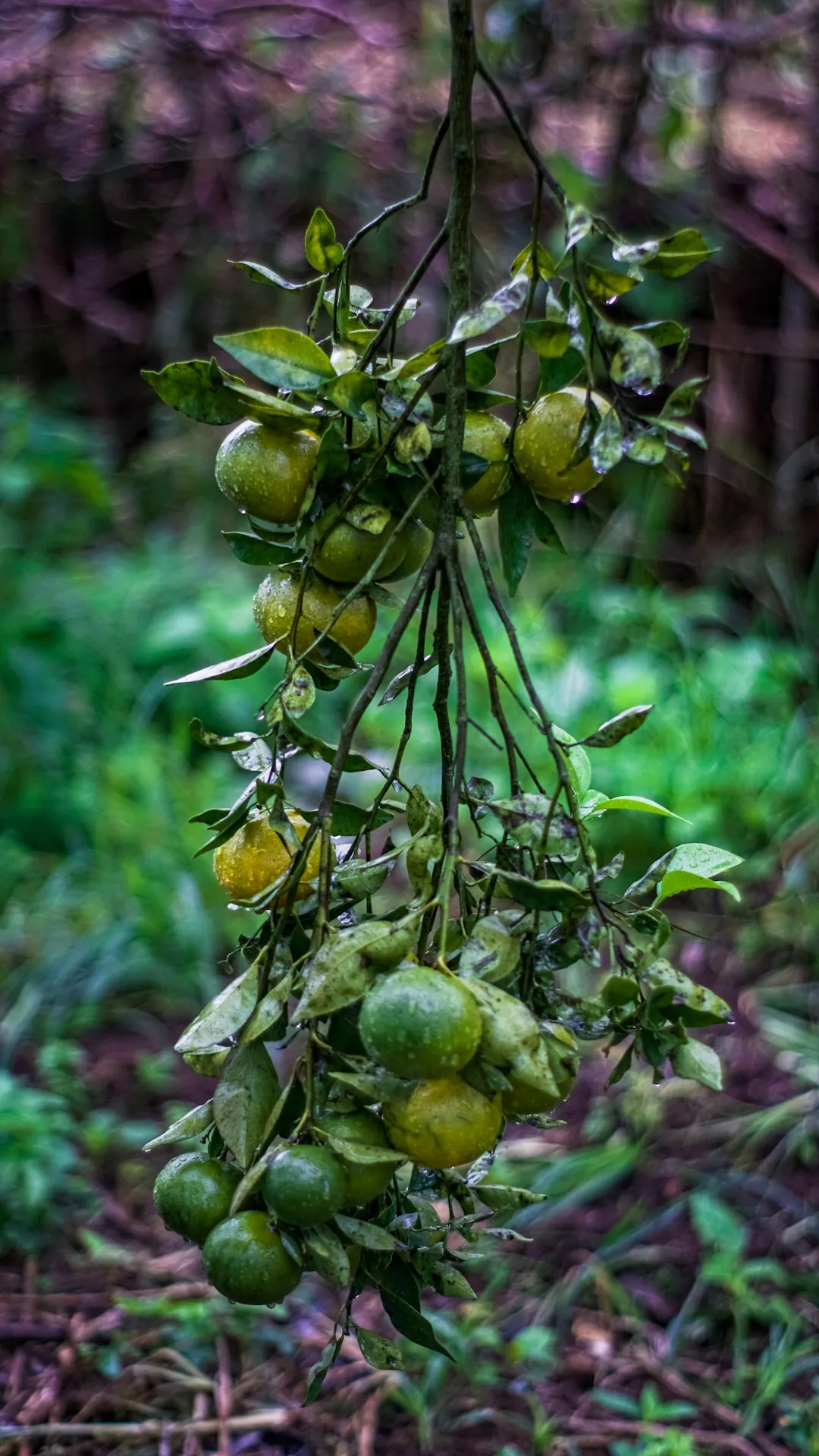Bringing the Tropics Inside: The Art of Growing a Coffee Plant Indoors

Indoor gardening has become a popular trend in recent years, and for good reason. Not only does it add a touch of nature to your living space, but it also offers numerous health benefits. One houseplant that stands out for its unique charm and tropical appeal is the coffee plant. With its glossy green leaves, the coffee plant can transform any room into a lush, tropical oasis. In this article, we'll explore how to grow a coffee plant indoors, including essential tips on light, humidity, watering, and pot size.
Light Requirements
Light is crucial for the growth and development of any plant, and the coffee plant is no exception. In its natural habitat, the coffee plant thrives under the dappled shade of taller trees. When growing it indoors, you'll need to mimic these conditions. Place your coffee plant in a location that receives bright, indirect light. A north - or east - facing window is often an ideal spot. Direct sunlight can scorch the leaves of the coffee plant, causing them to turn brown and crispy. If you don't have a suitable window, you can also use artificial grow lights. LED grow lights are a popular choice as they are energy - efficient and can be adjusted to provide the right spectrum of light for your plant.
Humidity
The coffee plant is native to tropical regions, where humidity levels are high. To keep your coffee plant healthy indoors, you'll need to create a humid environment. One way to do this is by using a humidifier. Place the humidifier near the plant and set it to maintain a humidity level of around 50 - 60%. Another option is to place the plant on a pebble tray filled with water. As the water evaporates, it increases the humidity around the plant. You can also mist the leaves of the coffee plant regularly with water. However, be careful not to over - mist, as this can lead to fungal diseases.
Watering
Proper watering is essential for the well - being of your coffee plant. The soil should be kept consistently moist but not waterlogged. Overwatering can cause root rot, which can be fatal to the plant. To water your coffee plant, wait until the top inch of the soil feels dry to the touch. Then, water the plant thoroughly until water drains out of the bottom of the pot. Make sure to empty the saucer under the pot after watering to prevent the plant from sitting in standing water. During the winter months, when the plant's growth slows down, you can reduce the frequency of watering.
Pot Size
Choosing the right pot size is important for the growth of your coffee plant. When you first get your coffee plant, it will likely come in a small nursery pot. As the plant grows, you'll need to repot it into a larger container. A pot that is 1 - 2 inches larger in diameter than the current pot is usually a good choice. Make sure the pot has drainage holes at the bottom to allow excess water to escape. When repotting, use a well - draining potting mix. A mix that contains peat moss, perlite, and vermiculite is ideal for coffee plants.
Additional Care Tips
Fertilizing your coffee plant is also important. During the growing season (spring and summer), you can fertilize the plant every 2 - 3 weeks with a balanced, water - soluble fertilizer. In the fall and winter, reduce the frequency of fertilizing to once a month. Pruning can help keep your coffee plant in shape and encourage new growth. You can prune off any dead or yellowing leaves, as well as any branches that are growing too long or out of place.
In conclusion, growing a coffee plant indoors can be a rewarding experience. By providing the right amount of light, humidity, water, and choosing the appropriate pot size, you can enjoy the beauty of this tropical houseplant in your own home. With a little care and attention, your coffee plant will thrive and add a touch of the tropics to your living space for years to come.